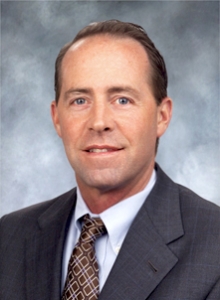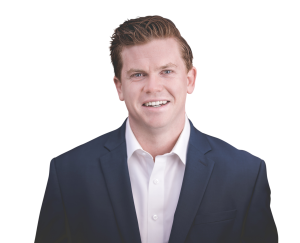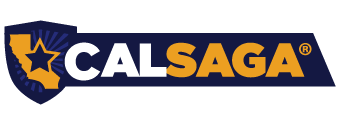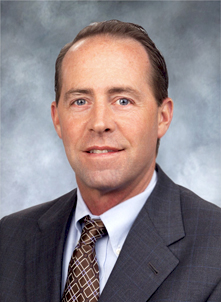ENSURING SECURITY GUARD SAFETY IN POST-APOCALYPTIC FIRE ZONES
Shaun Kelly & John Koskinen, Assured Partners , CALSAGA Preferred Broker
Happy New Year from us! Here is some relevant safety information for you to consider.
With the Palisades and Eaton fires consuming tens of thousands of acres in Los Angeles, the need for security has never been greater. As an insurance broker, it’s crucial to prevent workers’ compensation claims and auto incidents by ensuring the safety of security guards in these hazardous environments.
We’ve observed an increase in workers’ compensation claims related to injuries sustained while patrolling fire zones. The top concern is air quality, followed by contact with hazardous waste. To mitigate these risks, here are some essential safety measures:
- Ensure guards have flashlights: Due to power outages, it’s vital that guards are equipped with reliable flashlights.
- Monitor air quality and provide PPE: Regularly check air quality and ensure guards are wearing appropriate personal protective equipment (PPE).
- Review and equip guards with PPE: Create a list of necessary PPE and review it with your guard staff. Recommended items include N95 masks or respirators, flashlights, first aid kits, whistles, patrol vehicles with at least ¾ tank of gas, car phone chargers, and fire extinguishers.
- Ensure guards have guard cards: Make sure staff have their guard cards ready to show law enforcement.
- Review post orders and SOPs: Go over your post orders and standard operating procedures (SOPs) related to fires.
In the event of Red Flag Warnings, send out notices to guards on duty and remind them of the safety tools and procedures to follow in case of a fire, mandatory evacuation, or voluntary evacuation. As an owner, your number one job is to keep security staff safe and prevent injuries and accidents.
Our hearts go out to everyone affected by these tragic fires.
 Shaun Kelly joined Tolman & Wiker Insurance Services in 2005. He specializes in all lines of property and casualty insurance for industries including contract security firms, agriculture, construction, oil and gas. Shaun received a BS in Business Administration with a major in Finance from California State University in Fresno, California. He is an active member of several industry associations, including the Association CALSAGA, the Kern County Builders Exchange and the Independent Insurance Agents of Kern County. Shaun can be reached at 661-616-4700 or skelly@tolmanandwiker.com.
Shaun Kelly joined Tolman & Wiker Insurance Services in 2005. He specializes in all lines of property and casualty insurance for industries including contract security firms, agriculture, construction, oil and gas. Shaun received a BS in Business Administration with a major in Finance from California State University in Fresno, California. He is an active member of several industry associations, including the Association CALSAGA, the Kern County Builders Exchange and the Independent Insurance Agents of Kern County. Shaun can be reached at 661-616-4700 or skelly@tolmanandwiker.com.
 Born and raised in Duluth, Minnesota, John Koskinen began his entrepreneurial journey at the age of 12 by mowing lawns. He has three years of experience in the insurance industry, specializing in claims, sales, and advisory services. John earned his Bachelor’s degree from UCSB in Santa Barbara.
Born and raised in Duluth, Minnesota, John Koskinen began his entrepreneurial journey at the age of 12 by mowing lawns. He has three years of experience in the insurance industry, specializing in claims, sales, and advisory services. John earned his Bachelor’s degree from UCSB in Santa Barbara.
Passionate about the security industry, he enjoys supporting first responders and helping other entrepreneurs thrive. To deepen his involvement, he obtained his BSIS guard card.
John lives with his wife in Ventura, CA. In his free time, he enjoys cooking, surfing, skiing, hiking, and helping others.


 Shaun Kelly joined Tolman & Wiker Insurance Services in 2005. He specializes in all lines of property and casualty insurance for industries including contract security firms, agriculture, construction, oil and gas. Shaun received a BS in Business Administration with a major in Finance from California State University in Fresno, California. He is an active member of several industry associations, including the Association CALSAGA, the Kern County Builders Exchange and the Independent Insurance Agents of Kern County. Shaun can be reached at 661-616-4700 or
Shaun Kelly joined Tolman & Wiker Insurance Services in 2005. He specializes in all lines of property and casualty insurance for industries including contract security firms, agriculture, construction, oil and gas. Shaun received a BS in Business Administration with a major in Finance from California State University in Fresno, California. He is an active member of several industry associations, including the Association CALSAGA, the Kern County Builders Exchange and the Independent Insurance Agents of Kern County. Shaun can be reached at 661-616-4700 or 